Damsons / Summer / Autumn / Edible
Damsons are a common shrub with edible plum-like fruits. Closely related to Sloes, Bullaces and Greengages.
Common Names
Damsons, Damson Plum
Botanical Name
Prunus domestica subspecies insititia, or sometimes Prunus insititia
Scientific Classification
Kingdom – Plantae
Order – Rosales
Family – Rosaceae
Physical Characteristics for Damsons
Leaves
The leaves are oval shaped with a serrated edge, they are deep green and shiny. Up to 80mm long. They are arranged on the twigs in a sort of random, untidy-looking fashion.
Flowers
The flowers are small, white and have 5 petals. They appear in short-stemmed clusters in April.
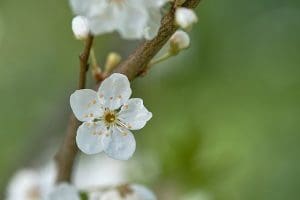
Fruit
The flowers develop into dark purple to black, plum like fruits. They are roughly egg shaped with a small point at one end and they have a whitish bloom on their skins. The flesh is yellow to green. Up to 30mm long. It normally fruits in late summer and autumn.
Habitat
Damsons are in parks, gardens, hedgerows and in mixed woodland.
Known Hazards
The stones of all members of the Plum family as well as apple and apricots and lots of other fruits contain a cyanogenic glycoside called Amygdalin. This can metabolise in your body to produce Cyanide! It’s not really a risk though as the stones would need to be crushed and processed for it to have any effect. Any stones that are eaten pass through your system intact.
In fact some chefs include the stones in recipes to add a nice almondy taste.
Could be Confused with
They could be confused with other members of the Plum family for example Sloes or Bullaces. But they are all safe to eat. The exact origins of Damsons is unknown, some botanists believe that Damsons, Plums, Greengages and Bullaces are all hybrids of the Sloe bush. Others believe that they are cross breeds of the Yellow Cherry plum. The Sloe is Prunus spinosa and all the rest are varieties of Prunus domestica subspecies insititia. I let the botanists worry about these things, I’m a forager and I treat them all the same really. The only differences are the size and sweetness of the fruits and the amount of thorns on the bush. The easiest way to tell them apart is by looking at the stones.
Edible Uses
They can be eaten raw but they are quite tart and are much better cooked. They have a lovely sharp/sweet flavour that works in sweet and savoury food.
They are high in pectin so have been used traditionally for jams and jellies.
I use them stewed in pies and crumbles as well as to make a Chinese style Plum sauce.
They’re a little sweeter than Sloes and make a good alternative Sloe Gin or they can be used to make Damson wine, a lovely Port type drink, that’s quite easy to make.
The flowers are also edible, I add them to salads or use them as a garnish, and they have a mild almondy taste.
Notes on Herbal Uses
The bark and roots are used as a styptic to treat cuts. A tea made from the flowers is said to be a laxative while the fruits are used to treat diarrhoea.
Extra notes from the Foragers
The name Damson is thought to originate from the Latin word damascenum, meaning “Plum of Damascus” as it’s believed the plant was first cultivated in Syria.
References:
https://gobotany.nativeplanttrust.org/species/prunus/insititia/



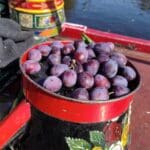
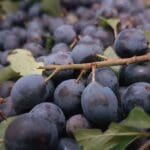
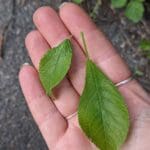
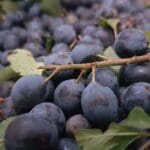
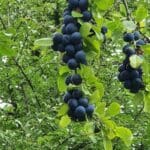
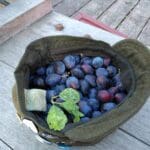
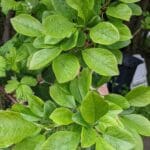
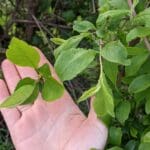
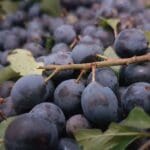
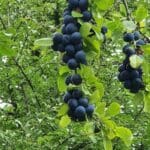




Leave a Reply
You must be logged in to post a comment.